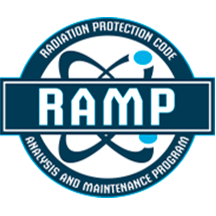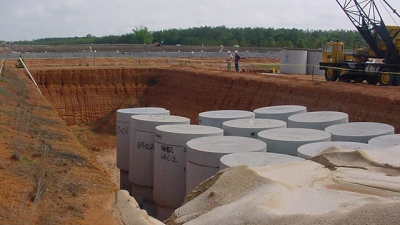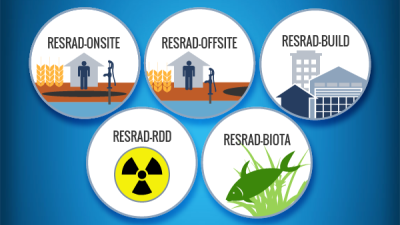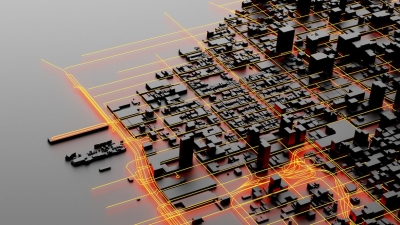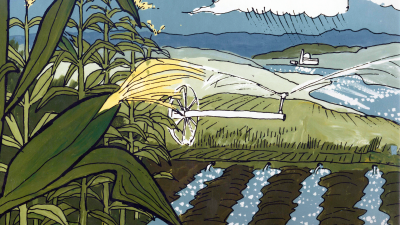CAP88-PC Version 4.1.1 (Distributed by EPA)
CAP88-PC (Clean Air Act Assessment Package - 1988) is a computer code for estimating the dose and risk from emissions of radioactive material to the air. Version 4.1.1 is the most current CAP88-PC and is a regulatory compliance tool under the National Emissions Standard for Hazardous Air Pollutants (NESHAPs), Subpart H. The CAP88–PC program is a well-established and validated code for the purpose of making comprehensive dose and risk assessments. The Gaussian plume model used in CAP88–PC to estimate dispersion in air is one of the most used models for dispersion modeling.
